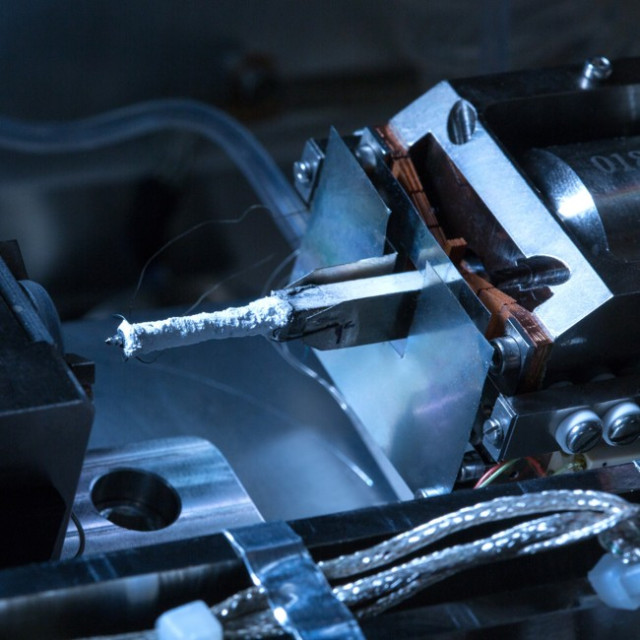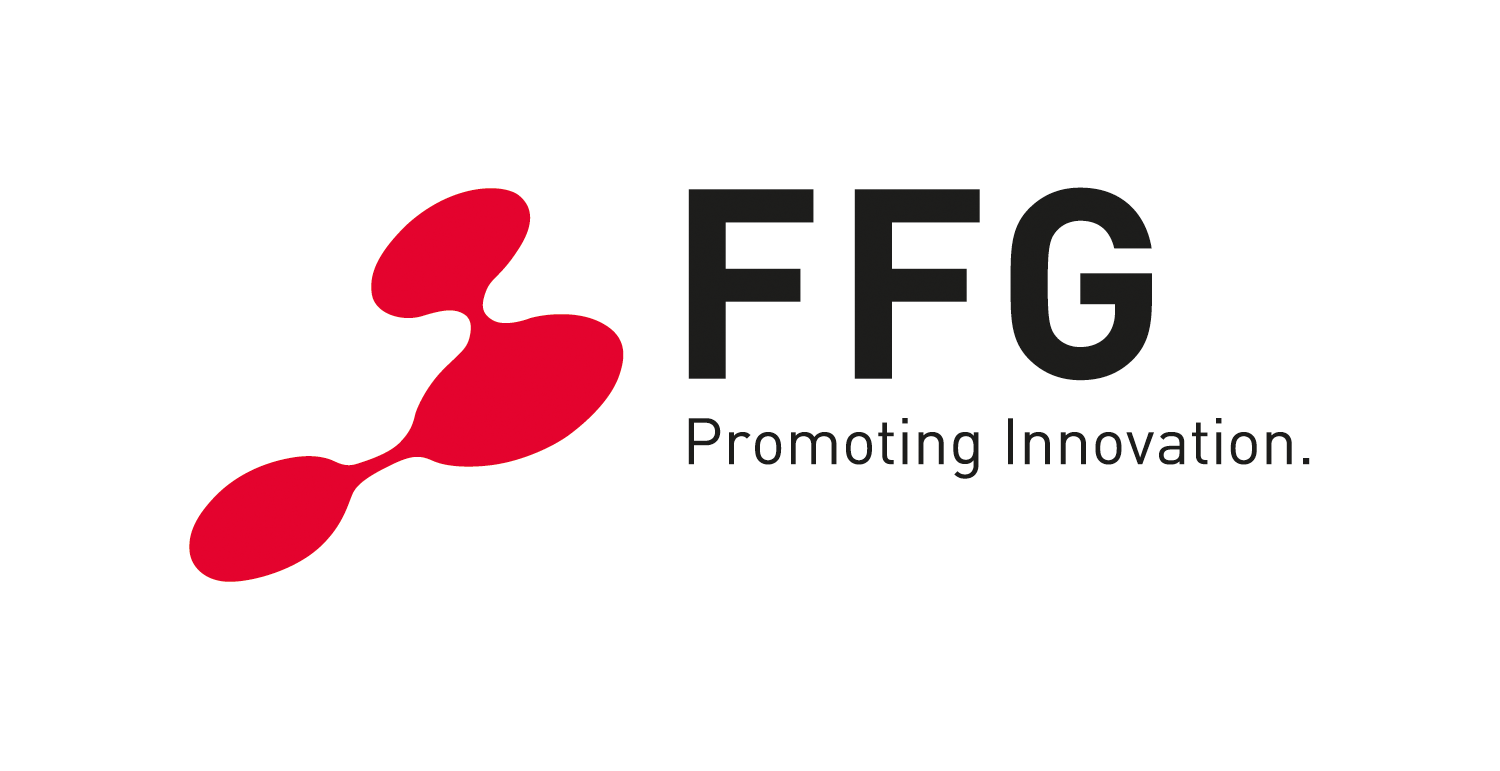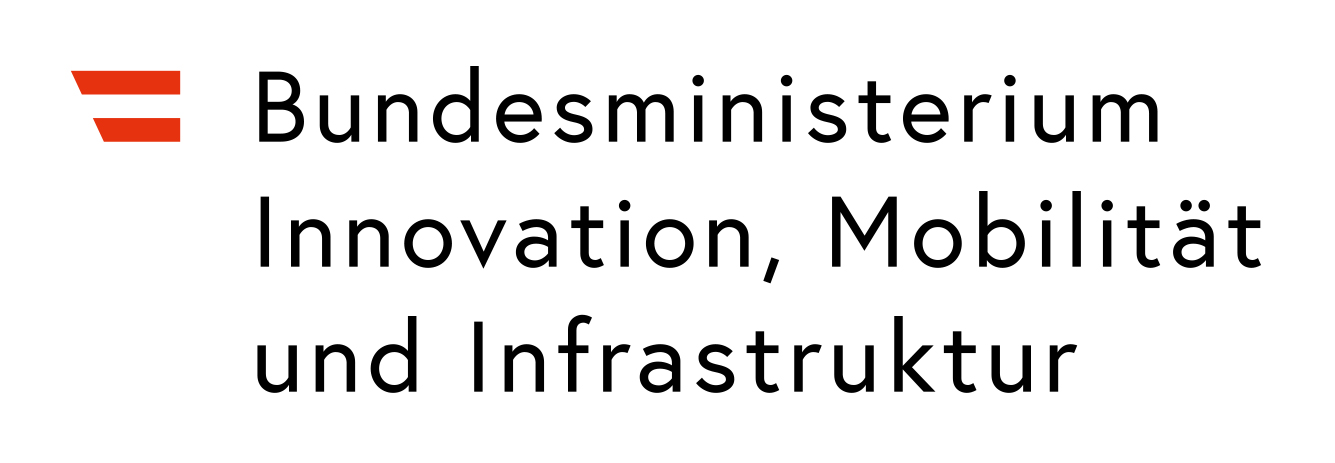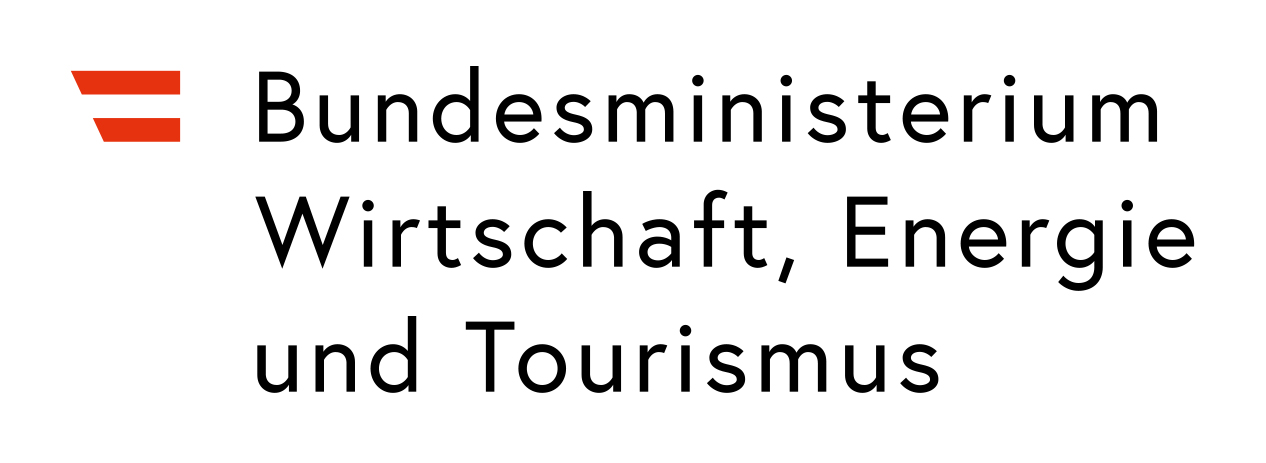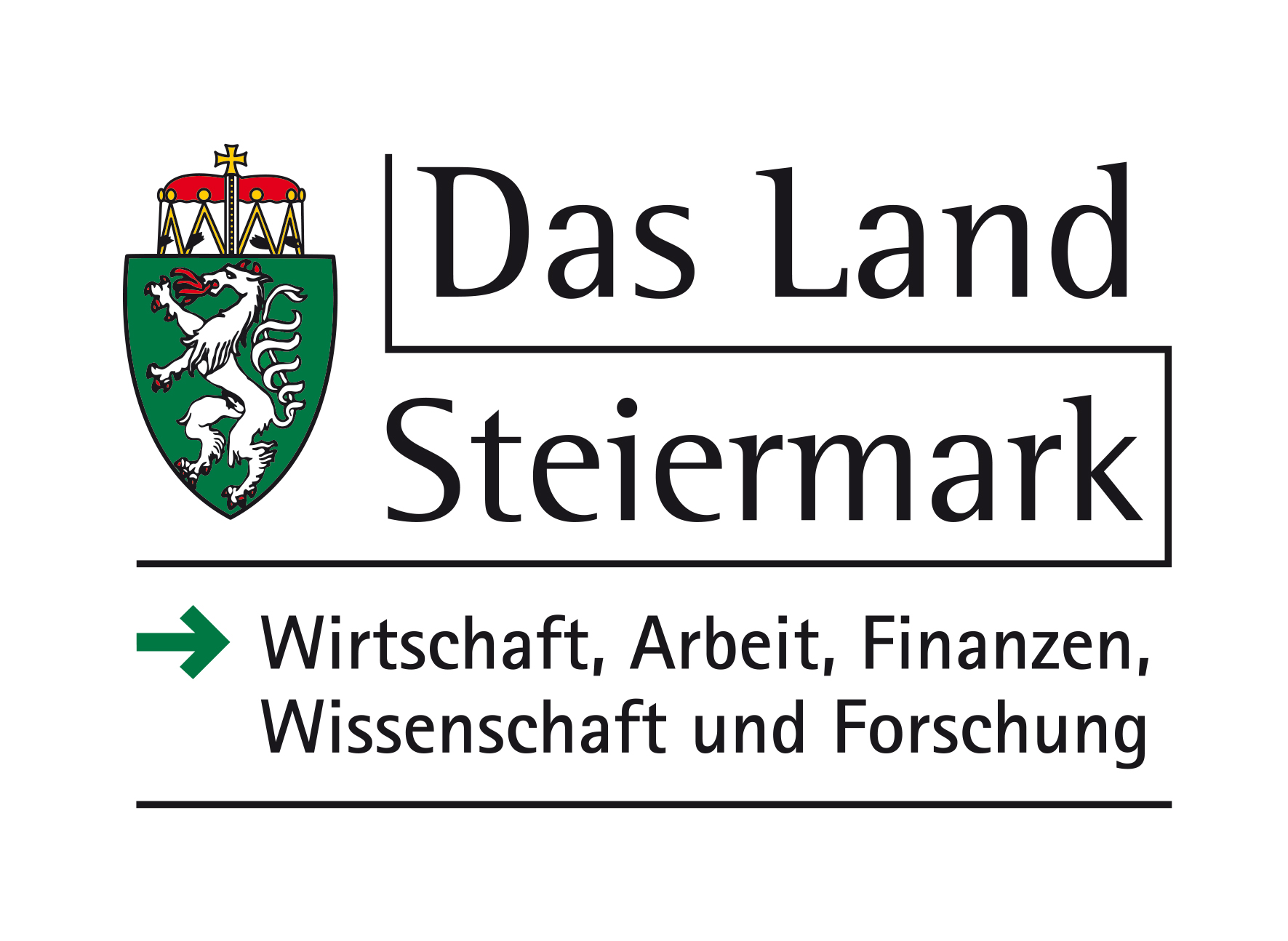About
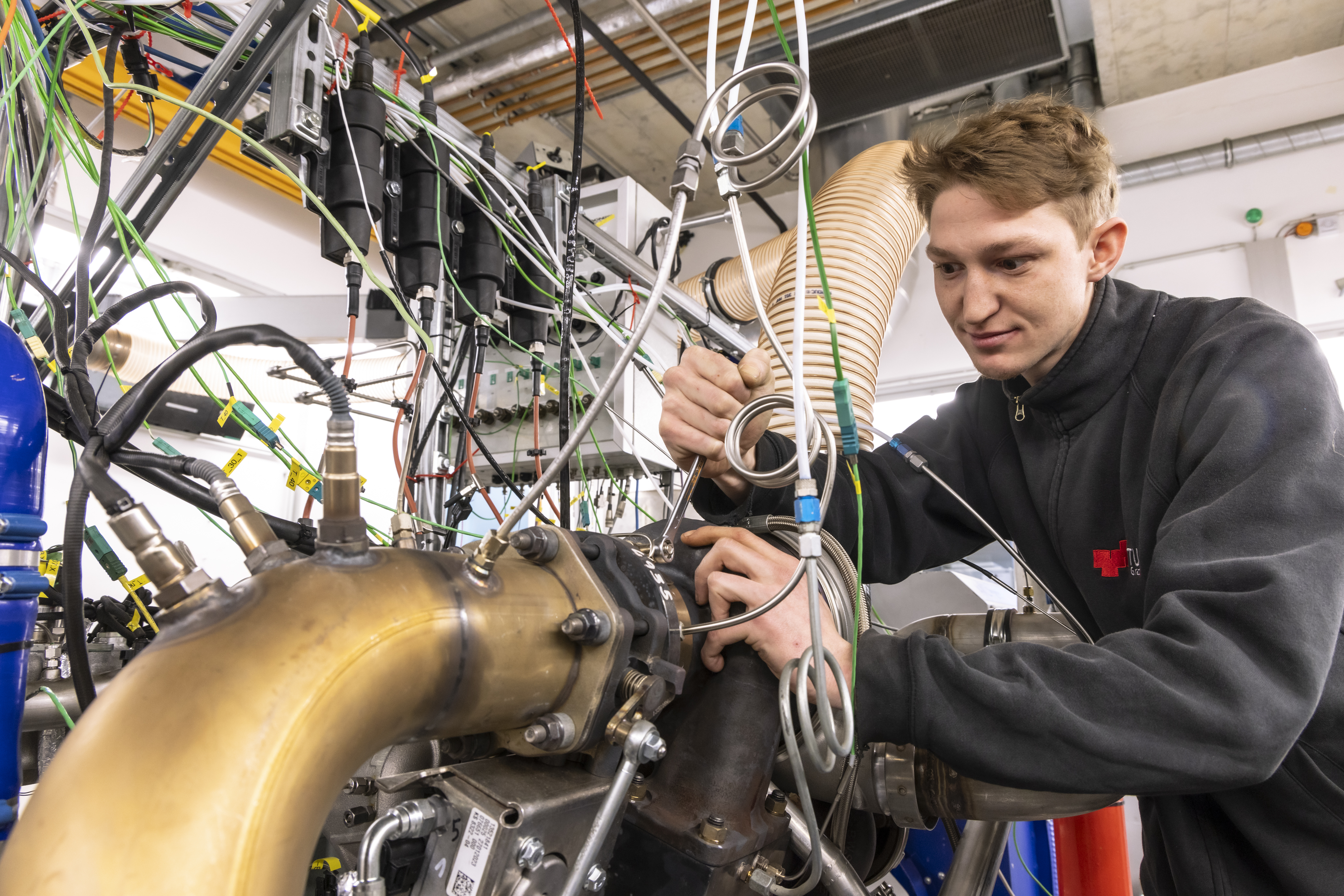 Starting from the State-of-the-art of hydrogen engines, Hylley will address three main pathways: Research, Evolution and Realization. These pathways coincide with the three areas of Hylley.
Starting from the State-of-the-art of hydrogen engines, Hylley will address three main pathways: Research, Evolution and Realization. These pathways coincide with the three areas of Hylley.
Area Realization
In Hylley, Realization is the most important and, in terms of resources, largest pathway. The general idea is, to make the hydrogen engine fit for real life, while maintaining outstanding performance factors. The ‘real life’ covers a lot of challenges:
Combustion anomalies over lifetime, materials degradation, pressure control and the interaction with the storage system and catalyst ageing to name but a few. A very important aspect is the demand coming from the vehicle in terms of load, emission legislation, sensitivity to efficiency, packaging and expected lifetime.
We want to develop an engine that maintains outstanding performance in terms of power, efficiency and emissions over its entire useful life. And we want to demonstrate the ways and means to develop such an engine. Thus, we want to industrialize the hydrogen engine and make it more robust.
The Area Realization is divided in two projects: Engine and Vehicle
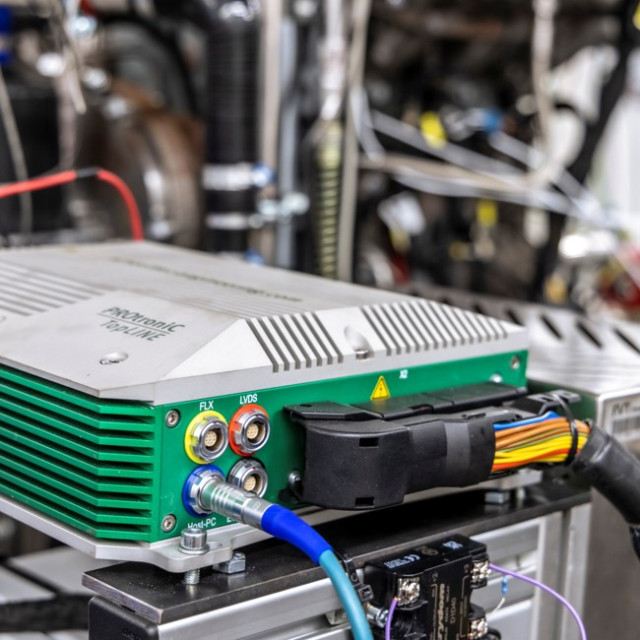
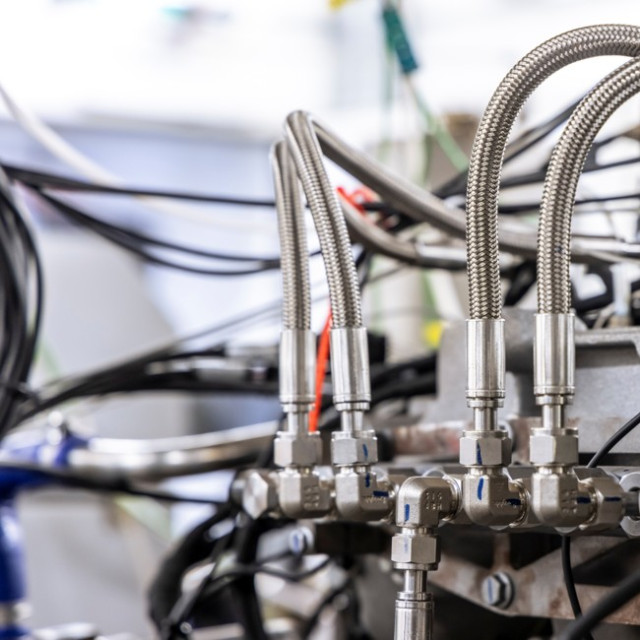
Area Evolution
The research into hydrogen engines has made major progress in the last couple of years. Remarkable results for emission, power, dynamics and efficiency were demonstrated.
Nevertheless, we want to make the hydrogen engine even better. In each of the above mentioned key figures, and others, improvements are likely to be possible. However, this will require additional or more complicated systems and parts, but this is not regarded in this area. Here, we want to explore the ultimate potential of the hydrogen engine in these performance-related key parameters. At the end of the day we want to know whether it is worth the effort.
The Area Evolution is divided in two Projects: Combustion and Process
Area Research
covers all of Hylley's scientific topics. All of these topics are related to the specific challenges of hydrogen combustion and hydrogen systems: Combustion anomalies, material degradation, complexity and storage. The aim is not only to develop a deep and comprehensive understanding of the various effects, but also to develop suitable and reliable simulation models. As soon as these effects can be simulated, they will also be accessible for a targeted and methodical optimization of the hydrogen engine, which is also a goal.
It is the aim of this field to make great progress in this area. However, this is a very challenging scientific task and success is far from guaranteed.
Optimization aims to improve the hydrogen engine with a broad focus. Not only the pure engine performance is considered, but also cost, complexity, degradation and other factors that are important for market success. This is an important difference to the performance-oriented further development in the Evolution area.
The Area Research is divided into two projects: System and Materials and Combustion and Simulation.
